How I Prep for Every Trip: My Go-To Travel Checklist
How I Prep for Every Trip: My Go-To Travel Checklist
Despite popular belief, travel doesn’t start when you land, but well before you leave. And for anyone who travels often, preparation isn’t optional. Over time, I’ve built a routine that helps me avoid common headaches, stay safe, and feel ready instead of rushed. Some steps are quick. Others take more planning. But together, they make every trip smoother. Here is How I Prep for Every Trip: is My Go-To Travel Checklist:
Check for Cultural Norms and Clothing Considerations
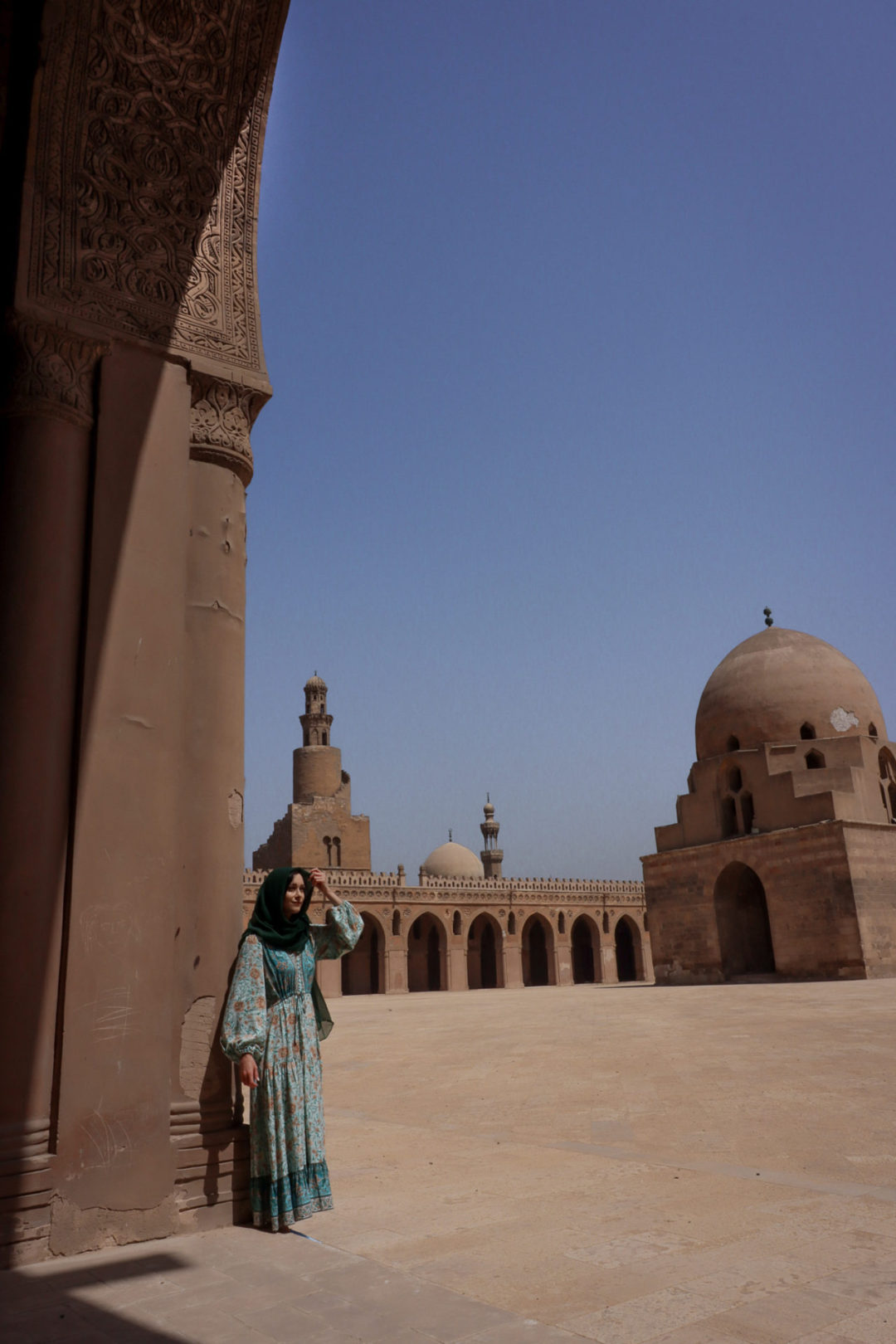

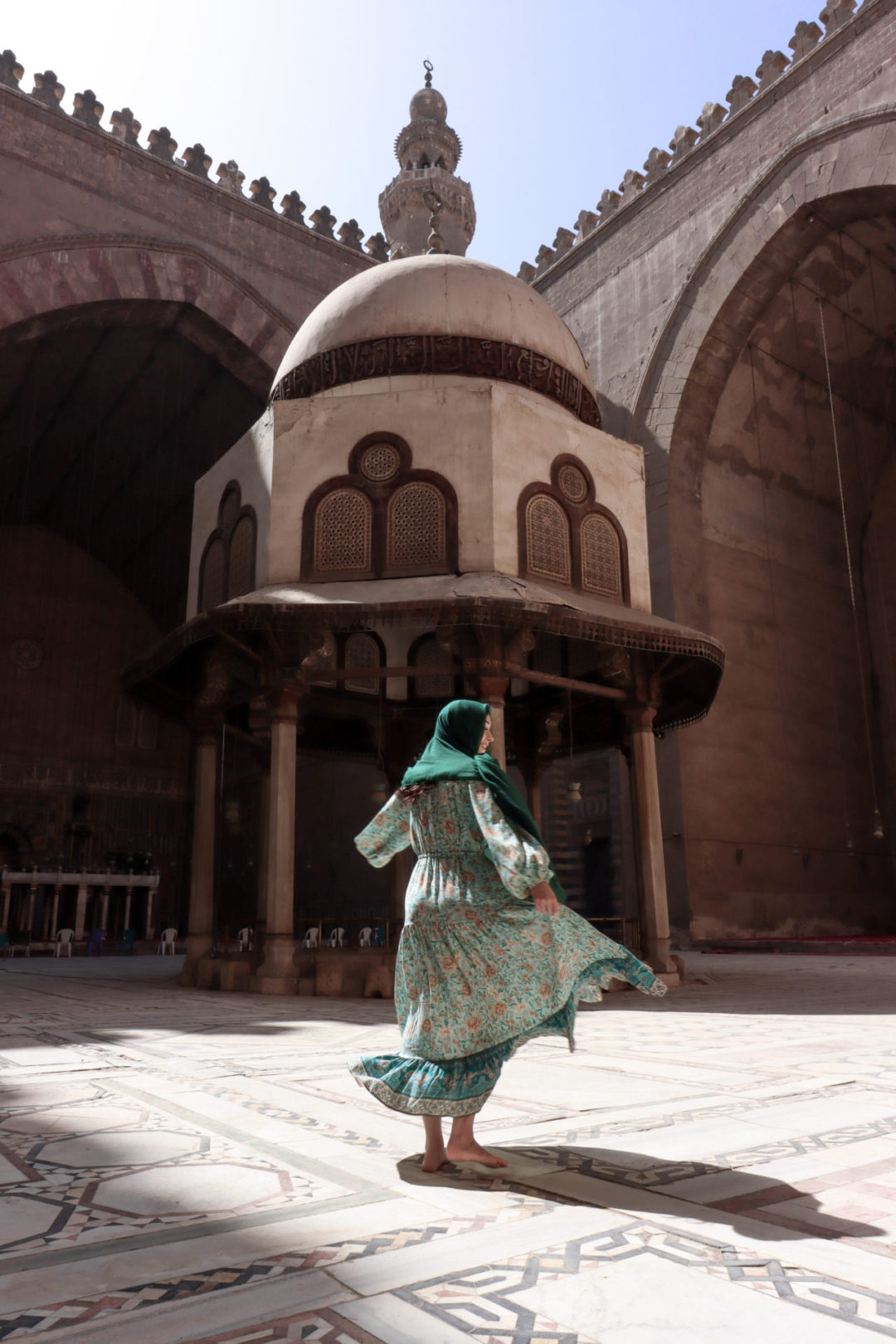
Beyond basic dress codes, I research whether there are any local customs around clothing, gestures, or etiquette. For example, some places may expect covered shoulders at religious sites, or consider it rude to eat while walking. A little cultural prep goes a long way toward showing respect to others… and to avoiding embarrassment or discomfort along the road!
Create a Realistic Outfit Plan or Packing List
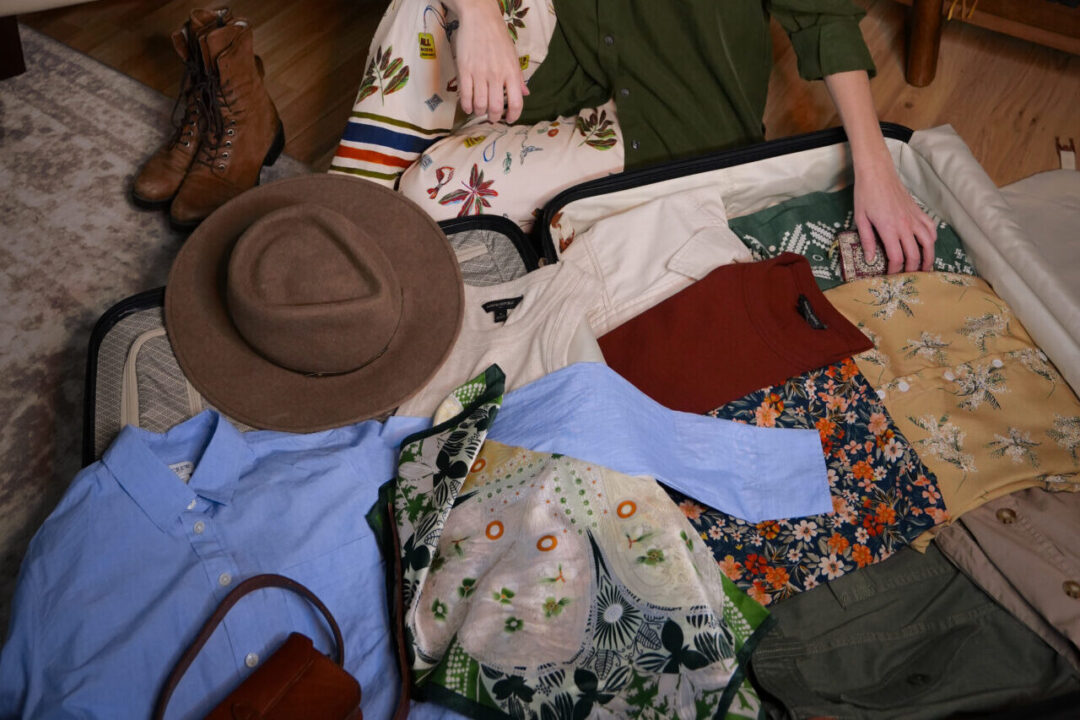
I used to overpack “just in case” pieces and ended up with a suitcase full of options that didn’t actually work together. Now, I build my travel wardrobe based on the weather, activities, and photography goals. I aim for versatile layers and repeat-friendly pieces. Doing this helps me save suitcase space for souvenirs (or skincare!), prevents overthinking on the road, and makes it easier to stay stylish without lugging around a closet. Bonus: I also know ahead of time if anything needs tailoring, cleaning, or replacing.
Looking for some travel outfit inspiration? Or would you like me to create a custom curated packing list of your own? Subscribe to The Travel Digest, my Substack newsletter. Free subscribers receive packing lists with shoppable links while paid subscribers can request and get access to exclusive, personalized packing lists tailored to your trip and style!
Check the Exchange Rate and Payment Norms
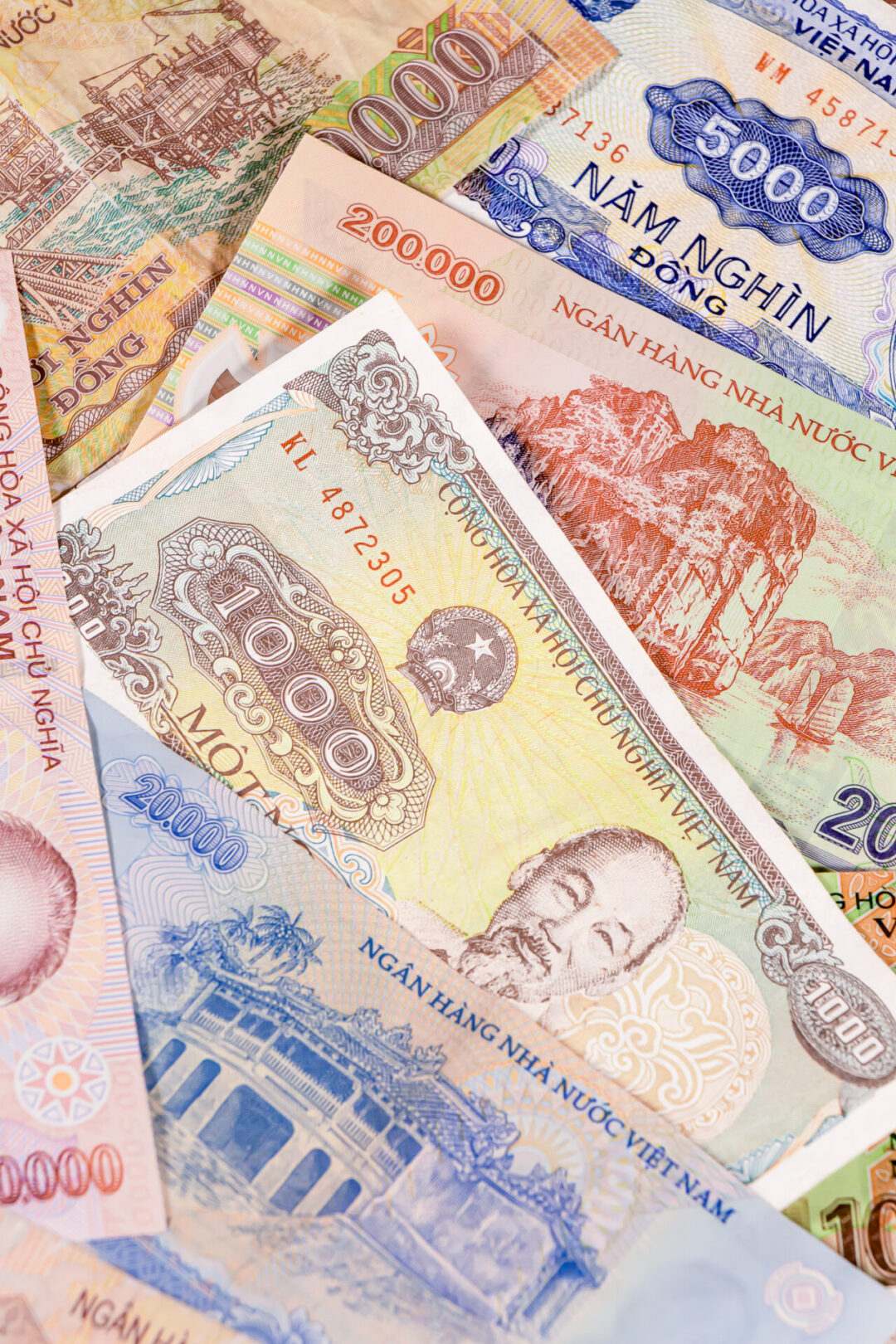
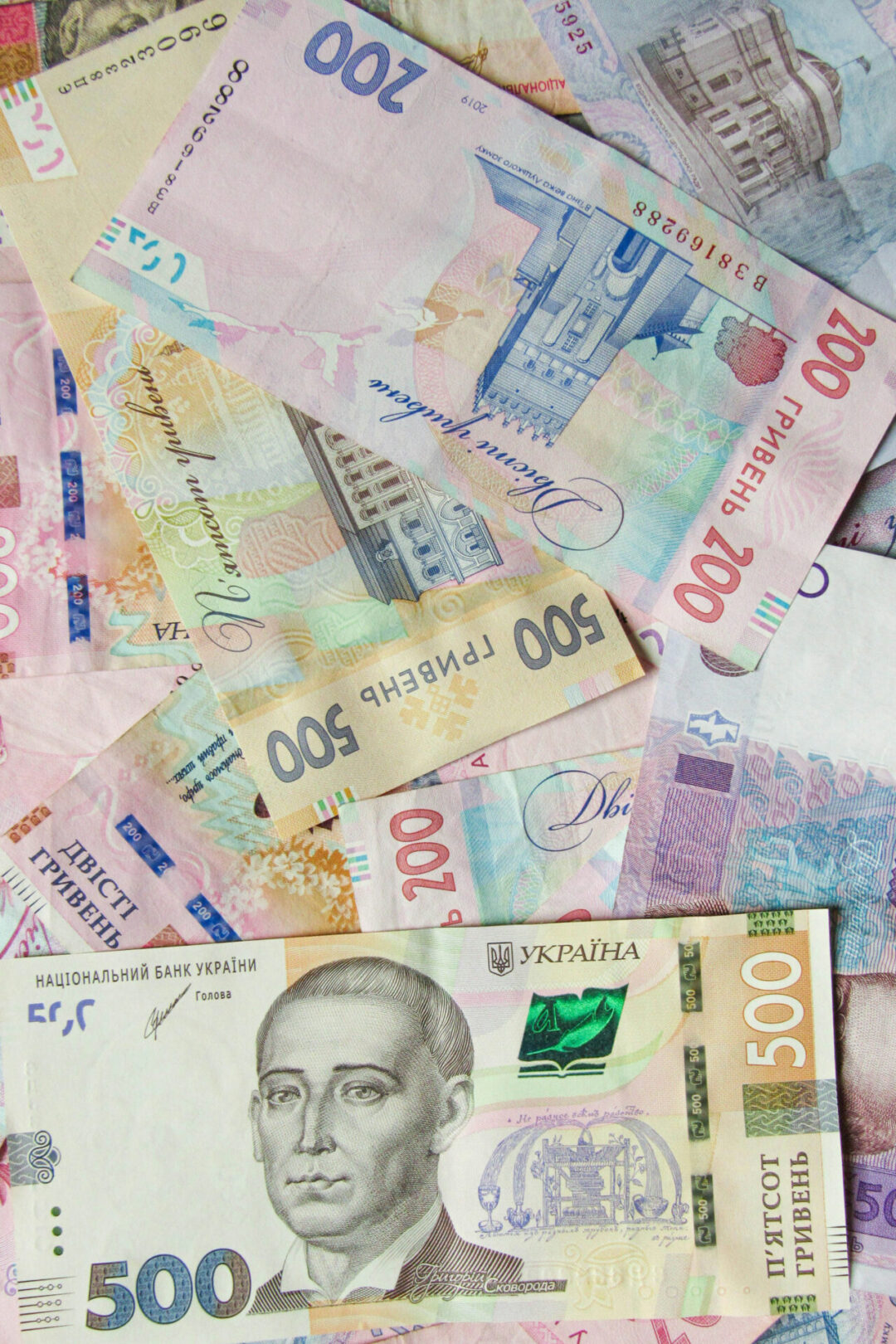
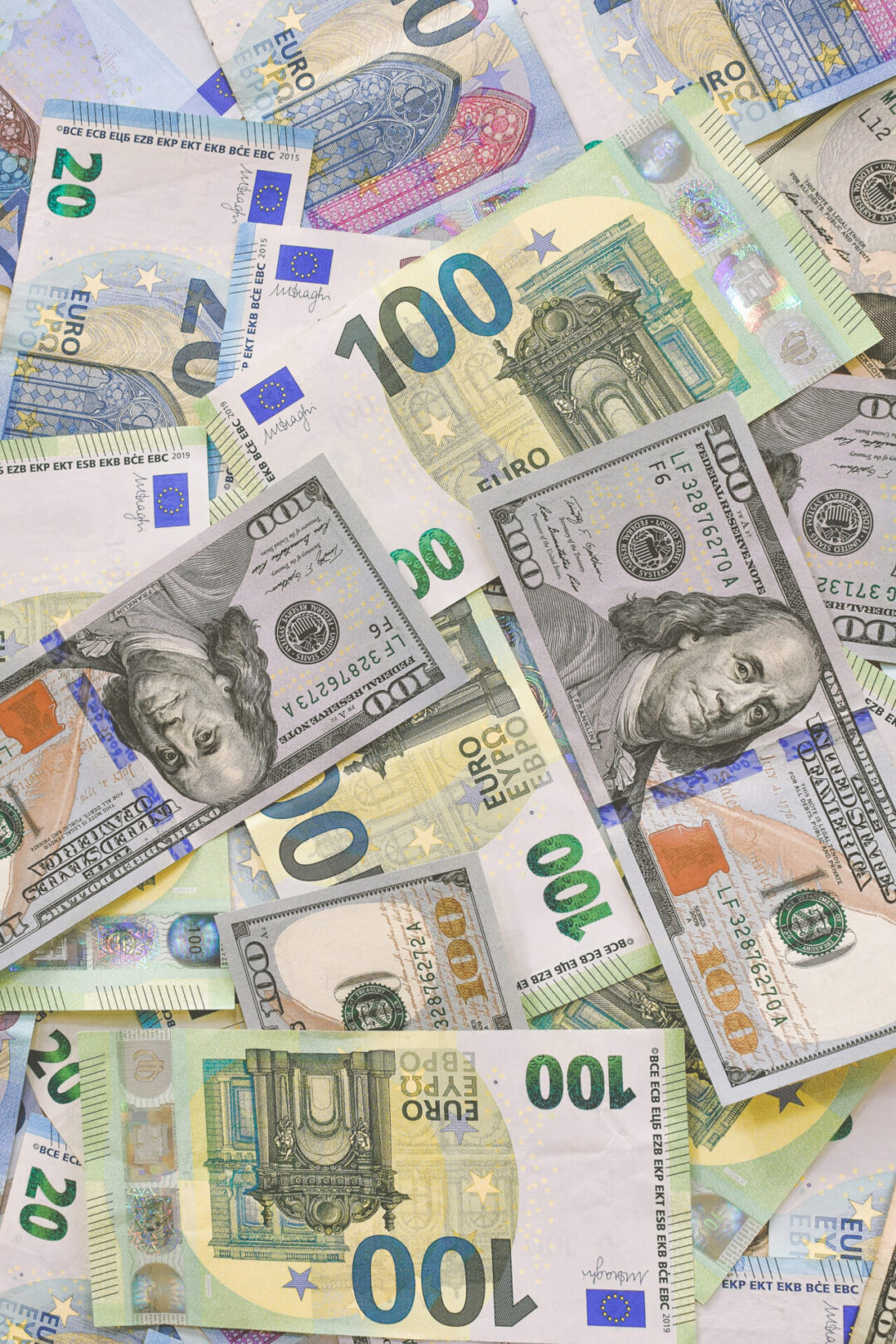
If there’s one thing I can’t recommend doing enough before traveling, it’s checking the local currency situation. Not just the exchange rate, but whether cash is king or if cards are widely accepted. In some countries, smaller vendors may not take cards at all, and in others, ATMs may be unreliable or charge hefty fees. I also aways check whether I need to notify my bank or carry a backup card. Getting this info ahead of time prevents awkward moments at restaurants and train stations.
Break In My Shoes
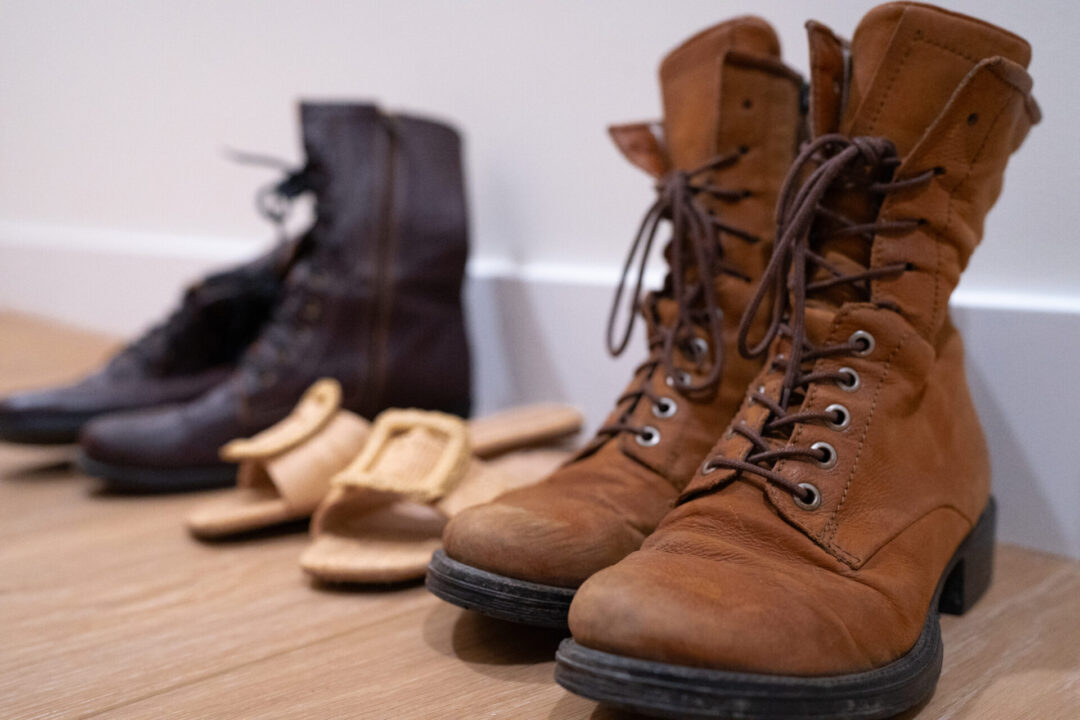
I never pack shoes I haven’t already tested in my day-to-day life, especially if I plan to walk a lot (which is almost always!). A pair that feels fine during a quick errand can turn into a blister machine after a few miles on cobblestone streets. About two weeks to a month before a trip, I’ll rotate in any new shoes during daily errands or long walks to make sure they’re actually comfortable for travel. If they don’t pass the test, they stay home.
Review Local Scams + Safety Tips

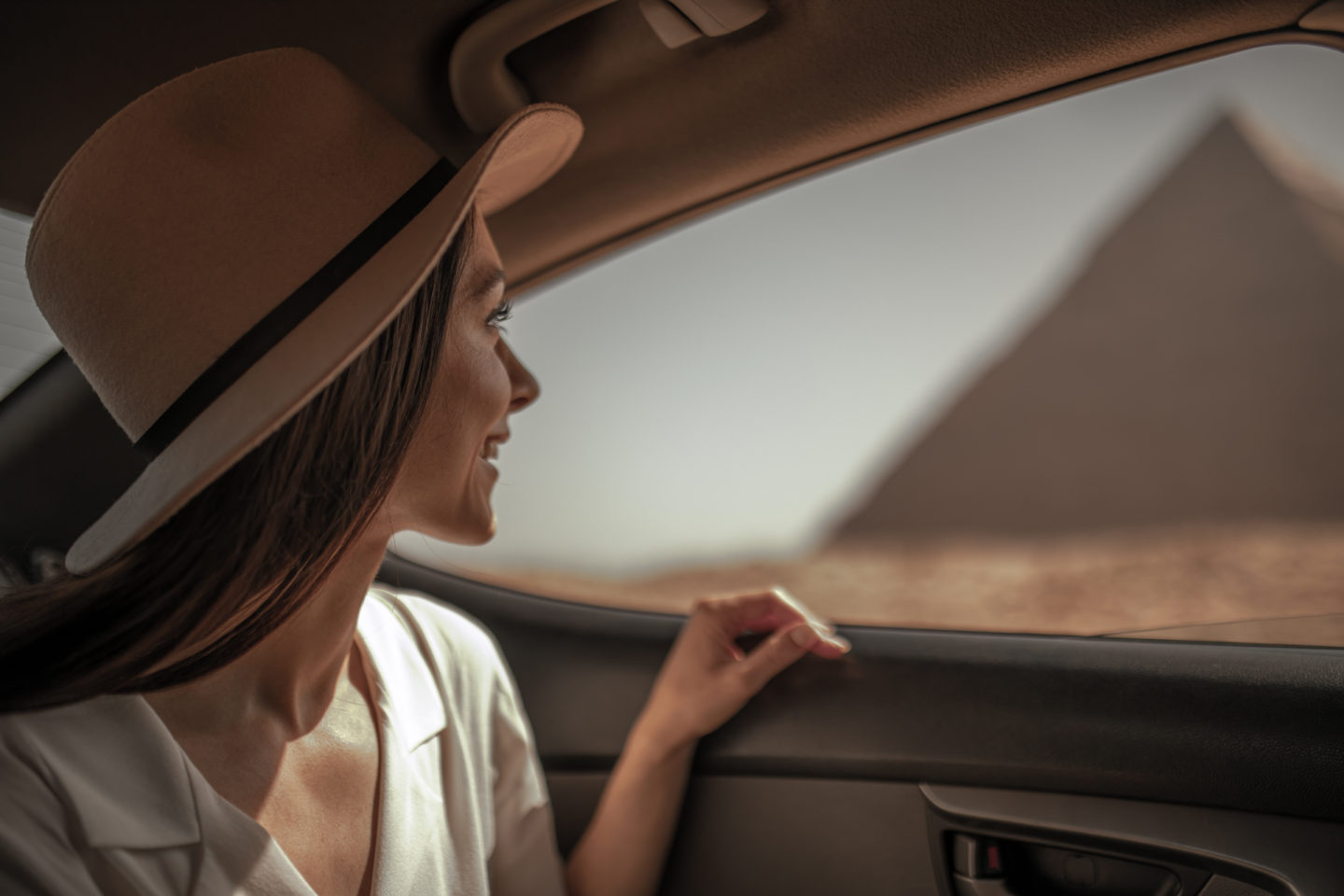

Rather than relying on vague “be careful” advice, I like to know the specific ways tourists are targeted in a given country, whether that’s pickpocketing hotspots, taxi overcharges, or fake ticket sellers. It’s not about being paranoid; it’s about knowing how to blend in and avoid easy mistakes.
Obviously, this varies by location, but if you want a full breakdown of how I stay safe when I travel solo, check out my blog post: 12 Solo Travel Safety Tips for First-Timers.
Download Key Apps and Offline Maps

I never wait until I’m lost in a train or subway station with no service to download a map. Before I fly, I make sure I’ve downloaded Google Maps offline for the area, the local transit app (if applicable), and any other essentials like a translator, rideshare app, or digital ticket wallet. After landing in a new country after a long flight, it’s this small step that makes me feel so much more prepared!
Secret Tip
Your usual travel apps may not work everywhere (yes, even Google!). In Korea, Naver Maps works much better than Google. In Southeast Asia, I take Grab as there’s no Uber! And in Spain and Portugal, Bolt had way better fares and shorter wait times. Research which apps are best for you before you fly!
Test My Tripod and Camera Gear
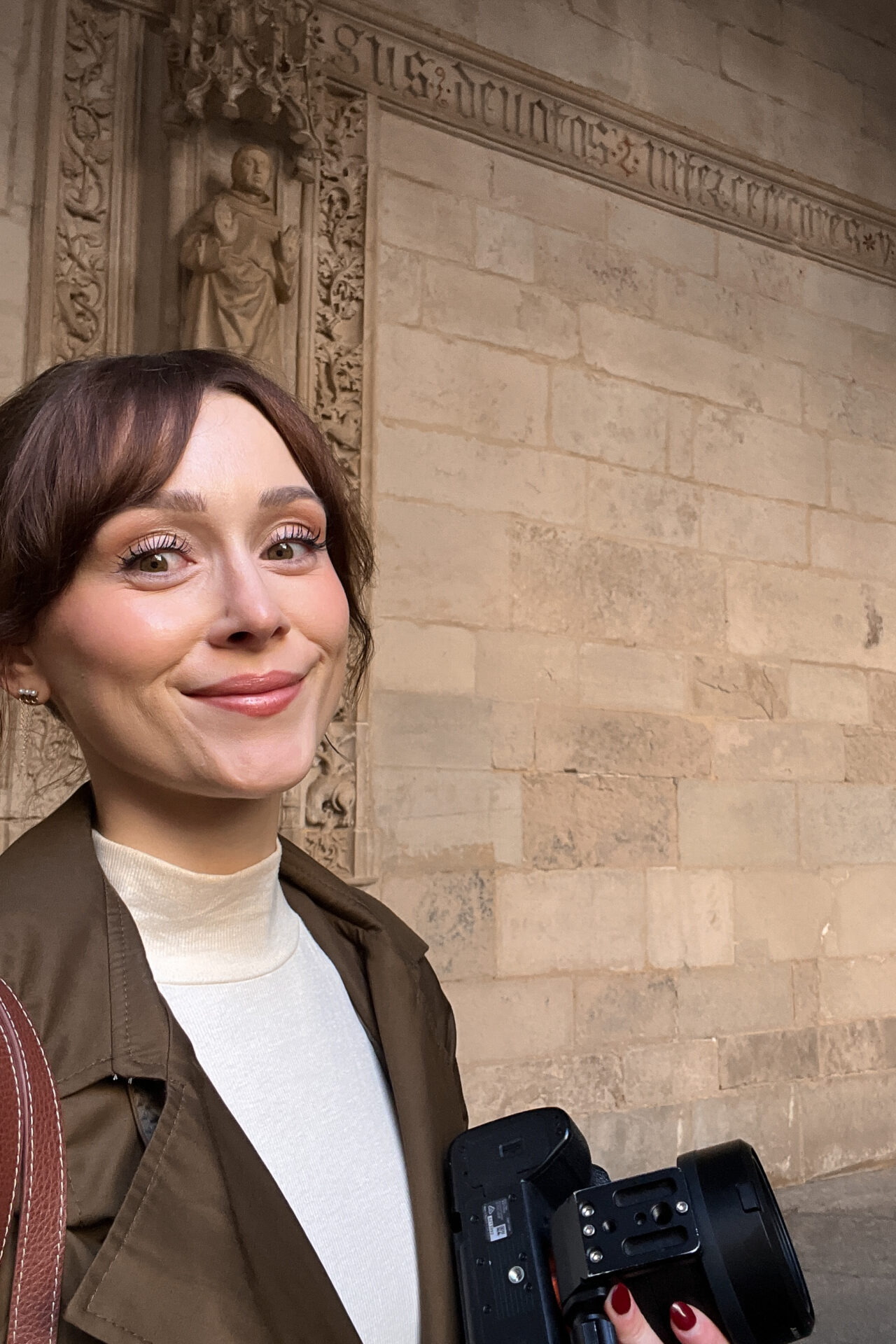
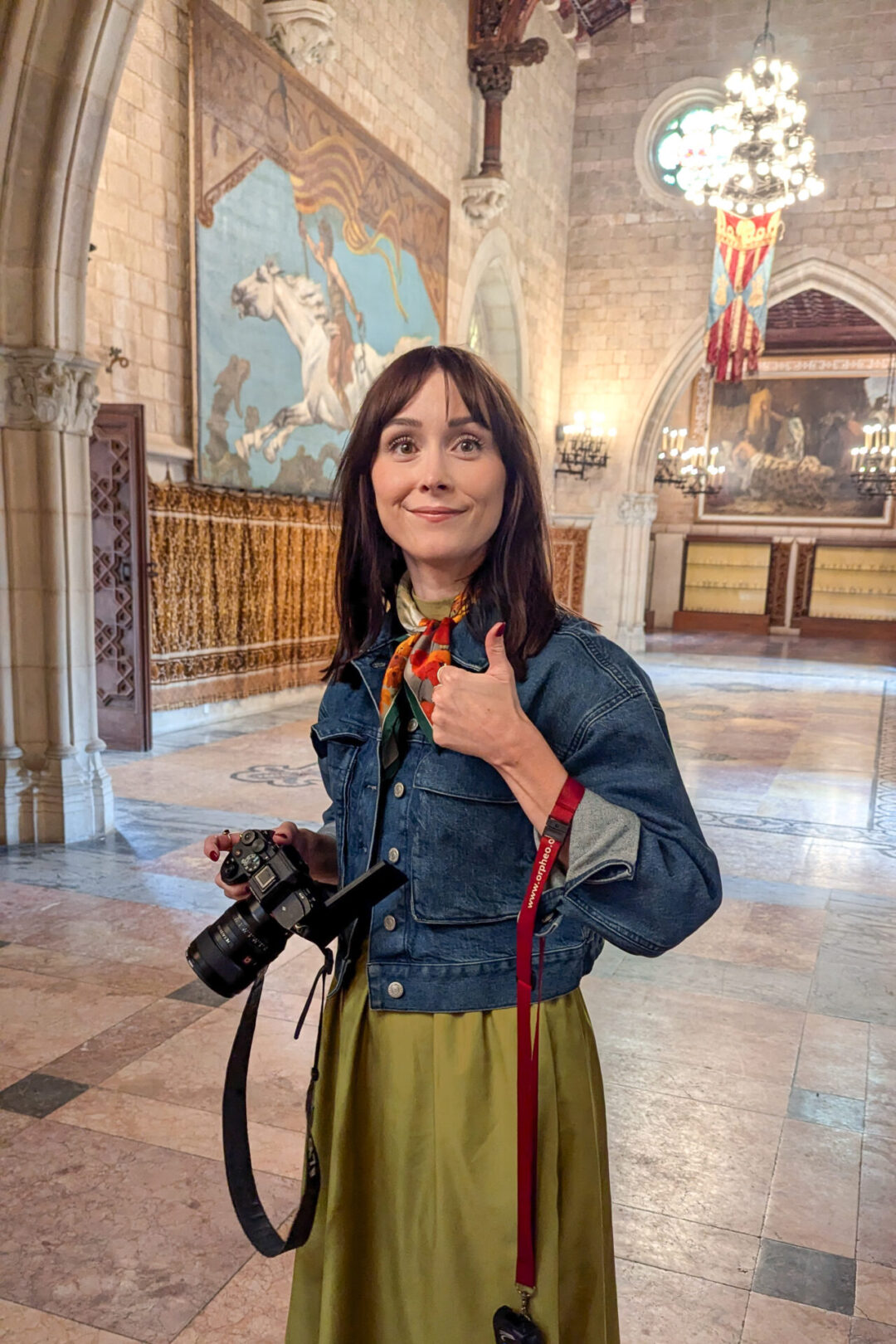
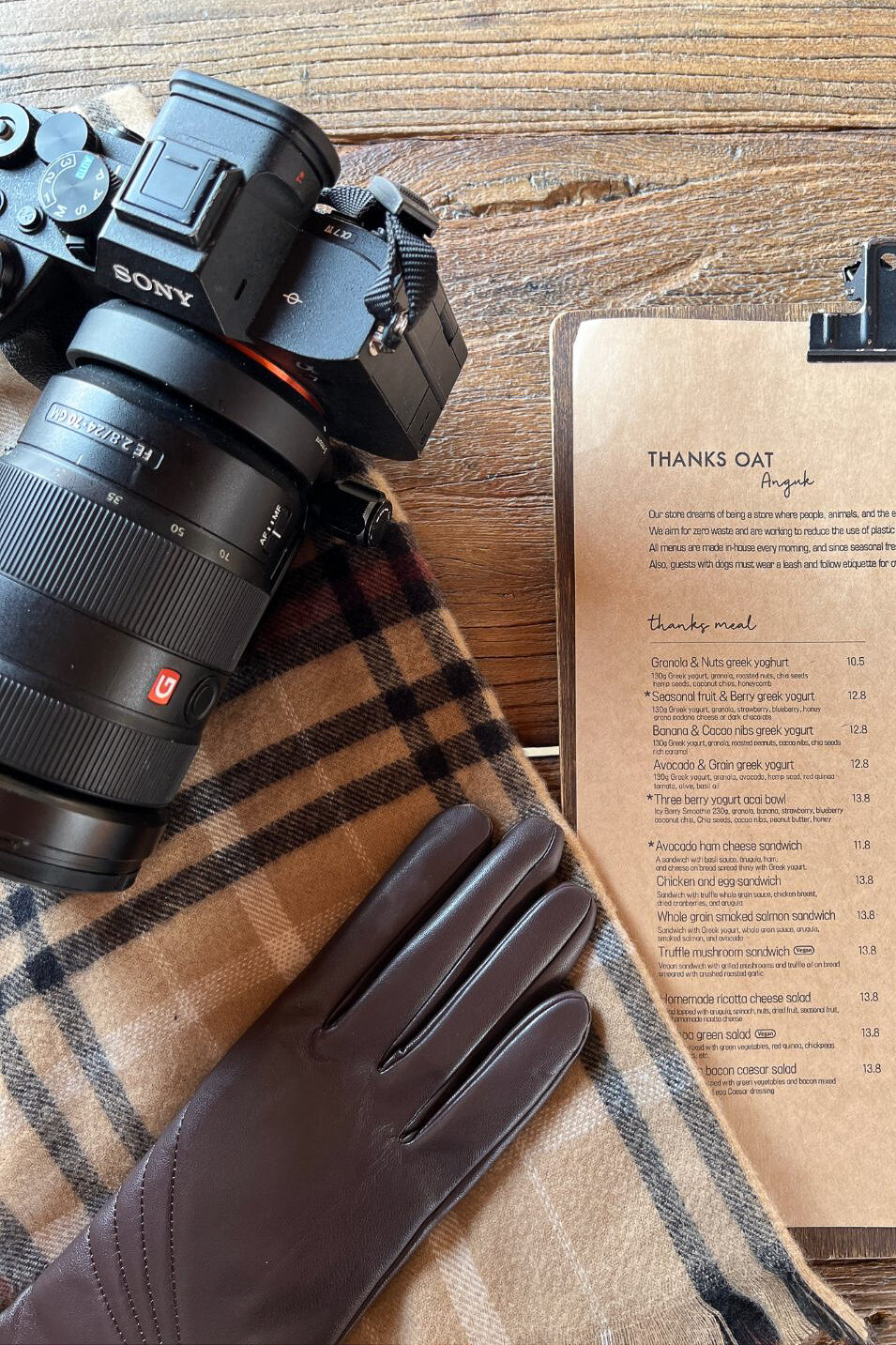
If I’m relying on self-shot content or bringing photography gear I haven’t used in a while, I always do a trial run at home. I’ll test the angles, make sure batteries are charged, and practice framing a few photos with the tripod. There’s nothing more frustrating than setting up the perfect shot… and realizing your Bluetooth remote isn’t working or your Tripod is about to fall over and wreck your camera (True story. Austria’s mountaintop winds are no joke!).
If you’re curious how I take my solo travel photos, I break it all down here: How I Take My Own Travel Photos
Print or Save Important Info Offline

Even with cloud storage and email confirmations, I keep a digital and offline copy of anything I might need in a pinch: hotel addresses, entry requirements, travel insurance info, passport information, key phone numbers and more. In countries with spotty service or strict customs procedures, this prep has saved me more than once!
Set Up My Home for My Absence
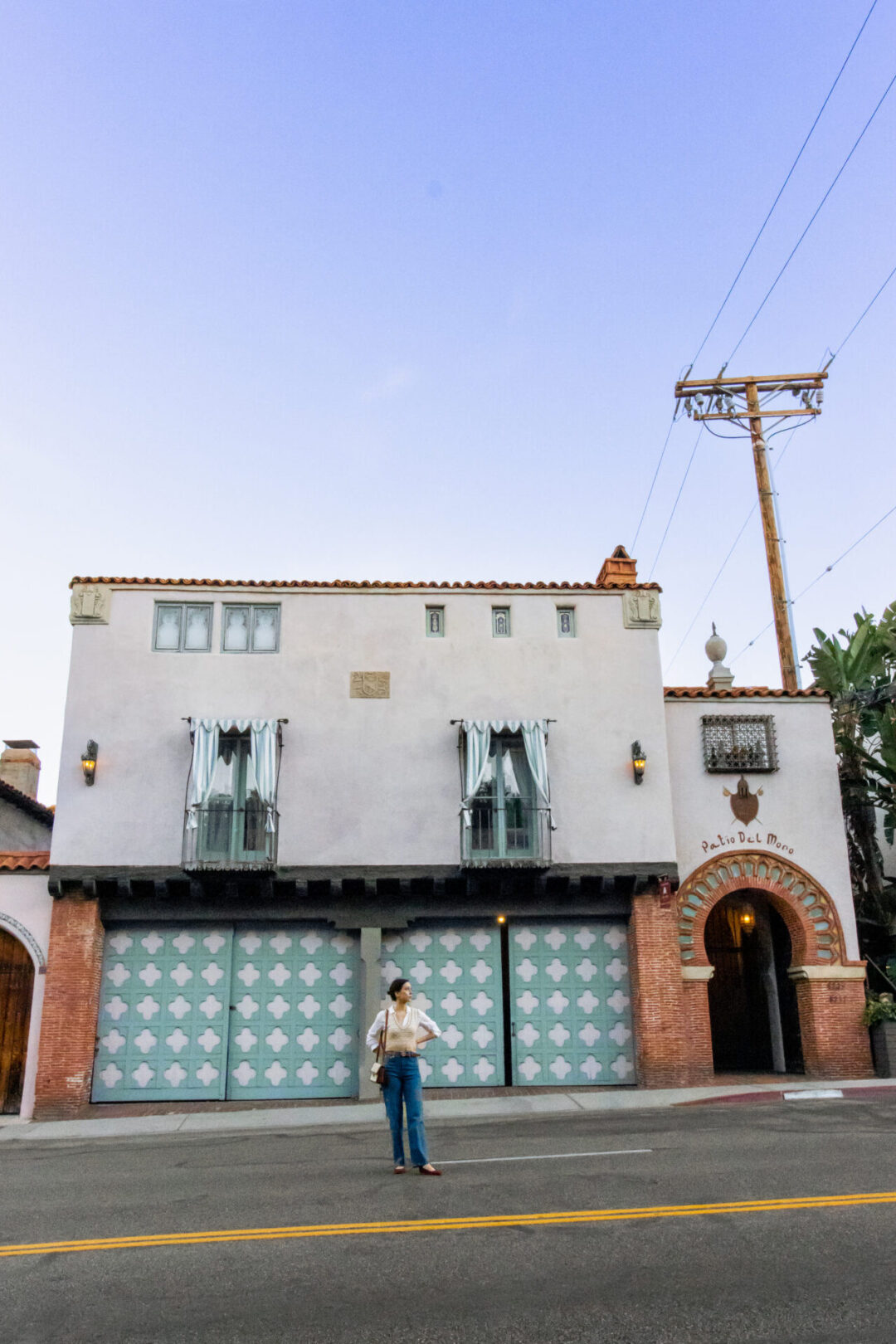
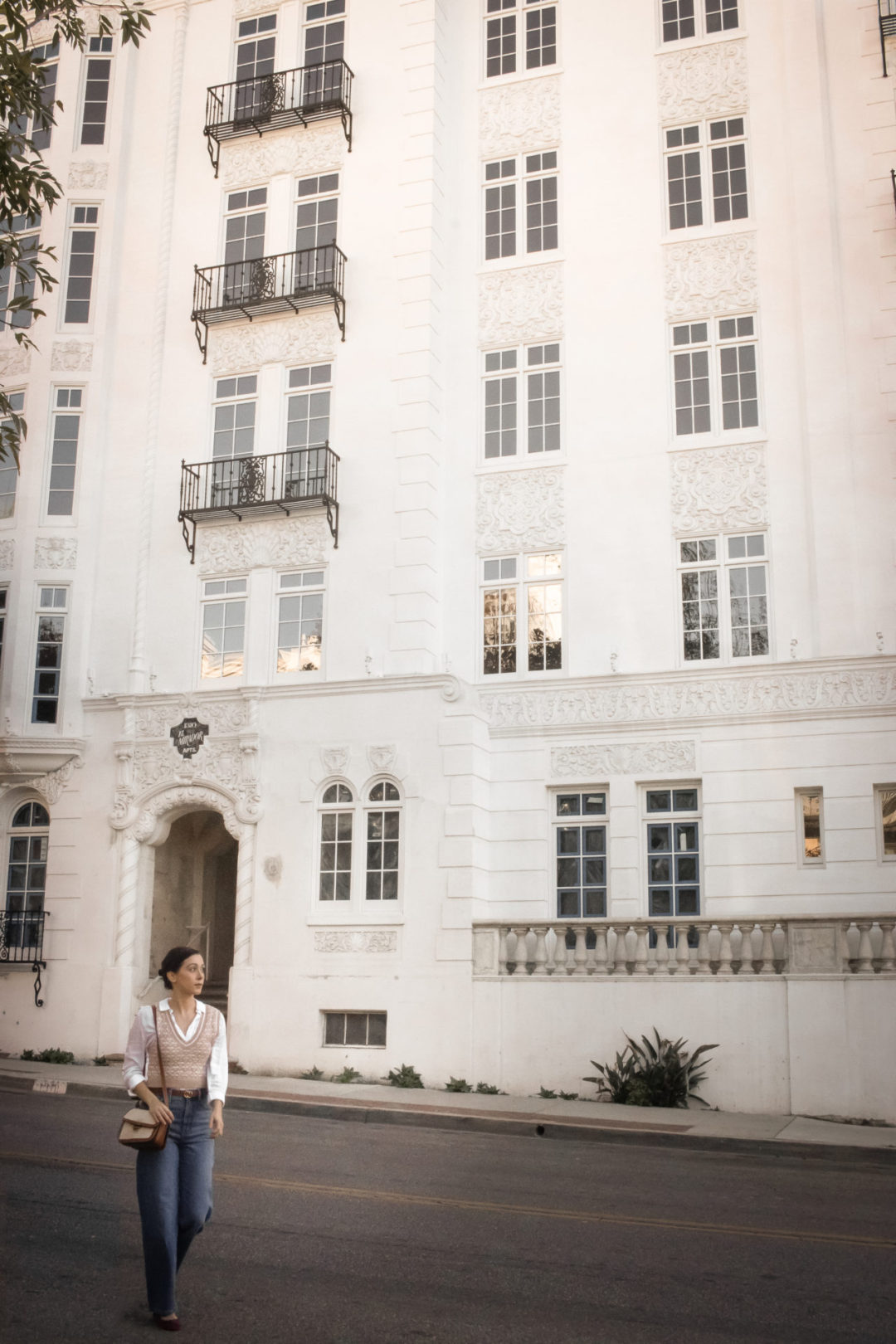

Before every trip, I take care of the little things that make coming home less stressful: pausing mail if I’ll be away for a while, emptying the fridge, unplugging devices, setting lights on timers, and making sure any bills due while I’m away are handled. Travel is better when you’re not worried about what’s happening back home.
Give Myself a Buffer Day (or Half Day)

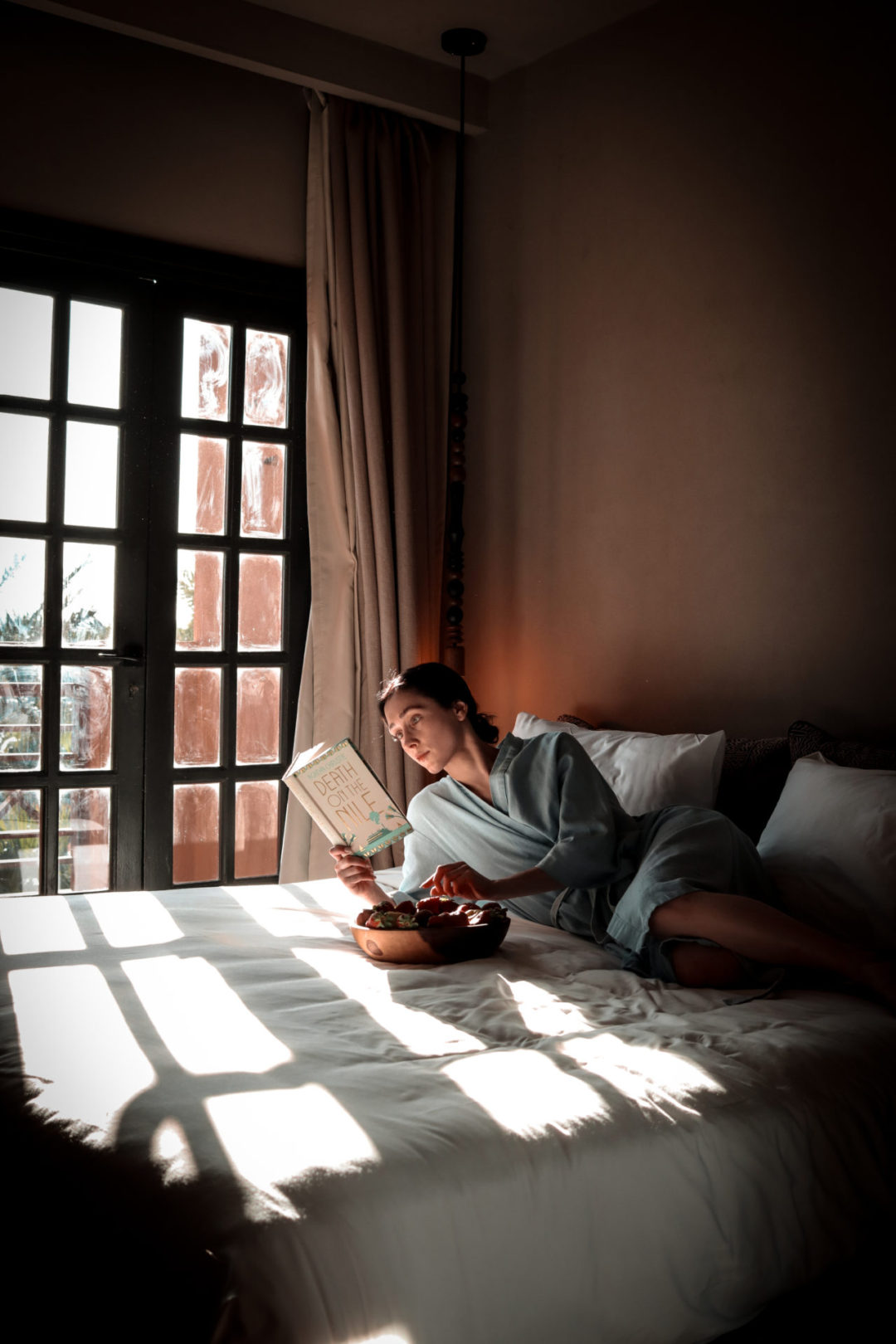

If possible, I try not to jump straight from work to a red-eye flight or book a jam-packed itinerary the second I land. Even half a day to reset (whether at the beginning or end of a trip!) helps me transition more smoothly and enjoy the trip without burnout. It’s one of the best things I’ve learned for long-term travel sustainability. My favorite mindful activity to reset? Planning a spa day at my hotel!
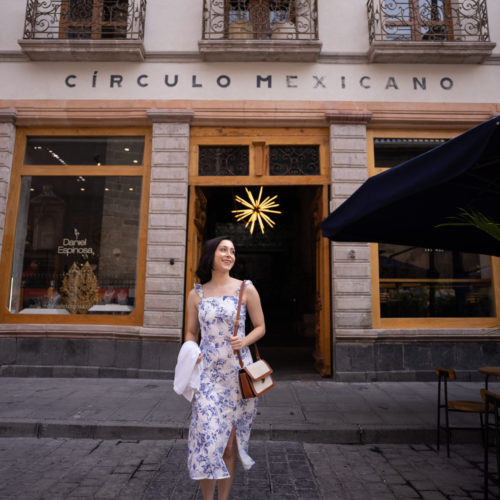 Círculo Mexicano Review: A Boutique Hotel in the Big City
Círculo Mexicano Review: A Boutique Hotel in the Big City What to Pack for Vietnam: Everything I Wore and What I Recommend Now
What to Pack for Vietnam: Everything I Wore and What I Recommend Now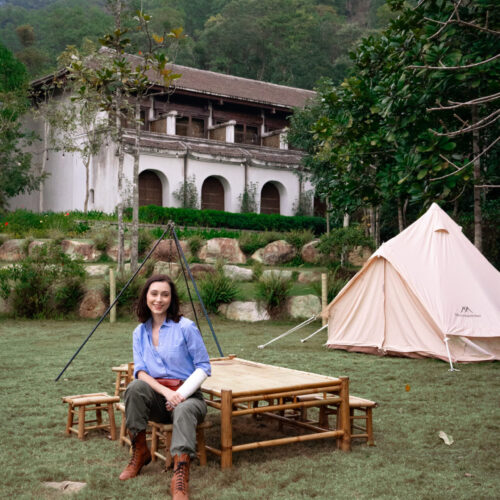 A Legendary Stay in Vietnam at Legacy Yen Tu: MGallery
A Legendary Stay in Vietnam at Legacy Yen Tu: MGallery
